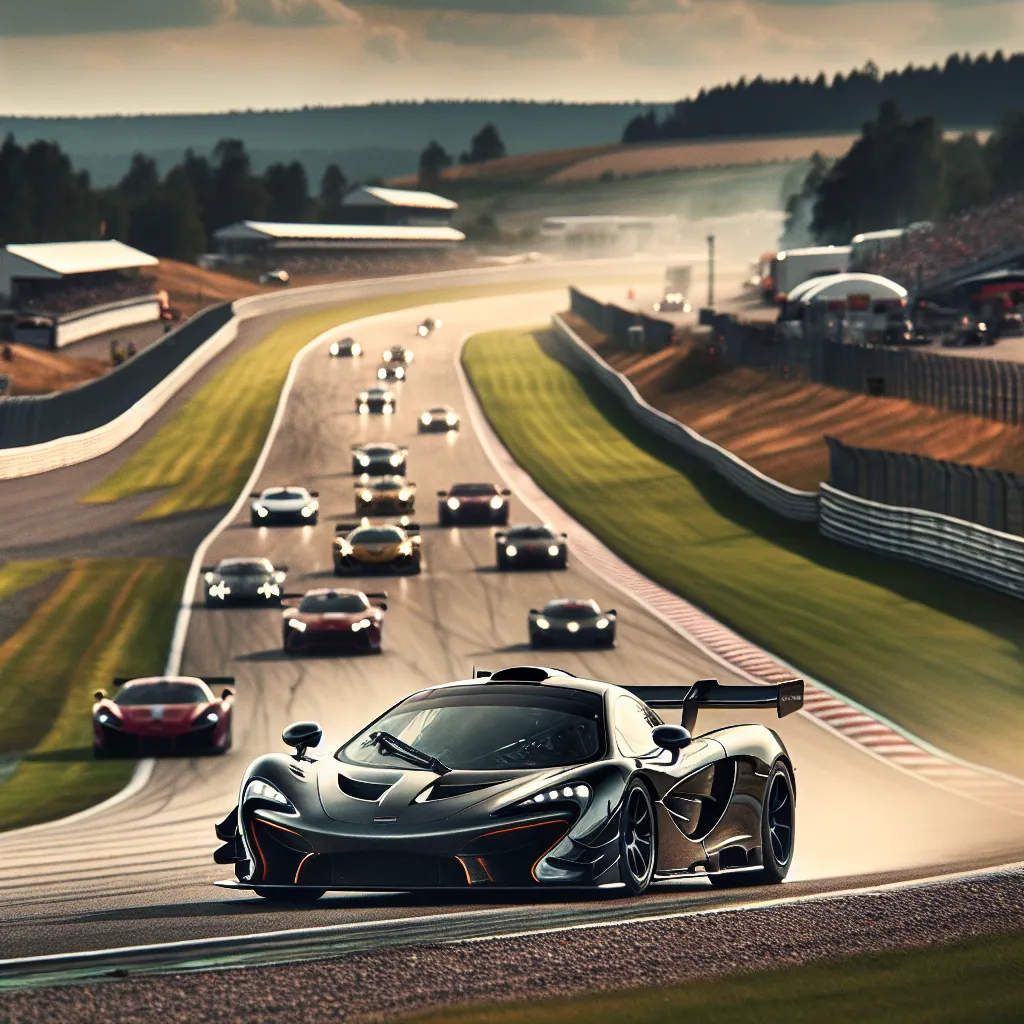You don’t need to be an IndyCar driver to experience high speeds. The McLaren F1, boasting a top speed of 235 miles per hour, holds the title of the world’s fastest road car and comes with a hefty price tag of $1 million. The racing version of this engineering marvel clinched victory at the Le Mans 24-hour race on its first try. Known for its supremacy, the McLaren stands as the car to beat in the GT global endurance race series. Teams from elite car brands like Ferrari, Porsche, Jaguar, and Lotus compete in grueling four-hour races on international Grand Prix circuits, with the McLaren often emerging victorious.
The Gulf GTC McLaren team had a crucial race weekend at the Anderstorp Circuit in Sweden. This two-and-a-half-mile winding Grand Prix track, built around an airstrip in rural Sweden, sees top cars hitting 175 miles per hour on the main straight with an average lap speed of 100 miles per hour. Long, slightly banked corners present a tough survival test for these heavy, powerful road cars.
During practice, the team focused on finding the perfect balance between endurance and speed. These cars, powered by an incredible six-liter, 600-horsepower engine, needed both to secure victory. The engine’s raw power and smoothness gave drivers a thrilling ride, capable of accelerating from zero to 100 in six seconds and decelerating from 175 to 50 miles per hour in just two seconds due to their efficient carbon-fiber brakes.
However, the team faced challenges with tire performance. The tires, designed to last 40 laps, were wearing thin after just 10, mainly due to the car’s understeer in long corners. Understeer, where the front tires lose grip, required drivers to work harder on the steering to maintain control.
To solve this, the team had to adjust the car’s suspension setup. The original system was designed for normal roads with higher ground clearance. For racing, they adapted it to run closer to the ground, improving handling at high speeds. They experimented with different shock absorber settings, seeking to balance tire wear and lap times.
Despite their efforts, by the end of the practice day, the team found themselves in a tough spot. Soft spring settings improved tire wear but resulted in slower lap times. Facing no viable solution, they decided to revert to their old shock absorbers for the race.
While they struggled with settings, the McLaren’s potential remained undeniable. It’s a marvel of engineering that continues to dominate the endurance racing scene, driven by a combination of raw power, technical precision, and the relentless pursuit of optimization.






